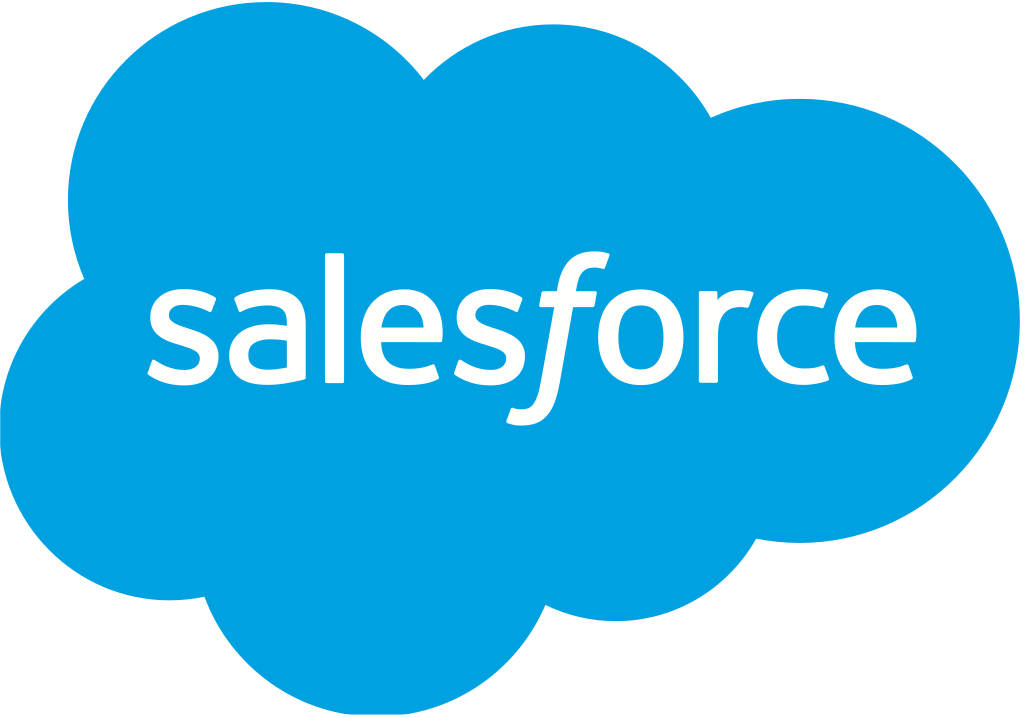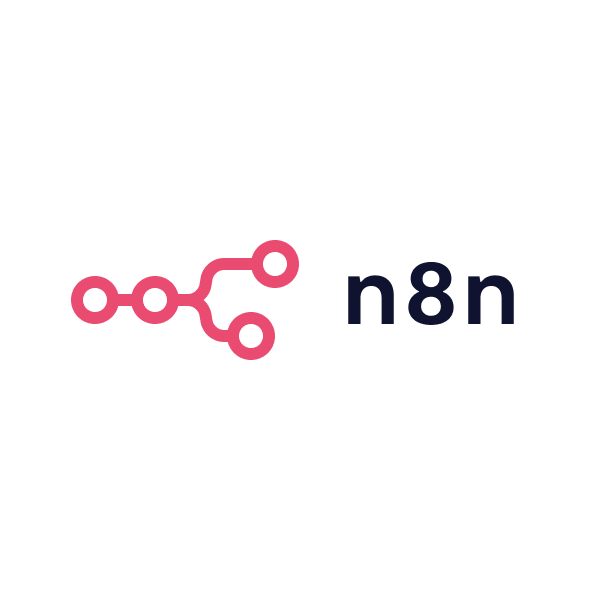Managing business relationships is crucial for founders and B2B marketers, but traditional CRMs can be overkill or overly complex. folk CRM is a modern alternative that prioritises simplicity and contact relationships over clunky sales administration. In this ultimate guide, we will explore what folk offers, how it compares to more established tools like HubSpot, and how you can leverage it to streamline your growth.
Folk CRM vs traditional CRMs
Many CRMs, such as HubSpot or Salesforce, are built for pipeline and transaction management, yet they often come with steep learning curves and enterprise-focused feature sets. By contrast, folk is designed as a lightweight, flexible CRM for use cases ranging from sales and partnerships to recruiting, feeling more like a tailored spreadsheet with extra CRM powers. The key difference is focus: HubSpot excels at deal tracking and marketing automation, whereas folk centres on contacts and ongoing relationships. In folk you will not be overwhelmed by campaign modules or complex workflows, instead you gain a clear view of the people and companies you work with and simple tools to engage them.
If you have ever felt a traditional CRM was too much for your needs, folk’s pared-down, relationship-centric approach can be refreshing. That said, if you need advanced reporting, visitor tracking or multi-stage automation, a full-suite CRM or supplementary tools may still be required. It is about finding the right balance, and folk targets those who prefer managing a network of contacts over managing a funnel of deals.
Key features of folk CRM
Contact management and enrichment
At the heart of folk is a centralised contact list that tracks every piece of information and history. You can add custom fields and tags, grouping contacts by clients, leads or partners for fast segmentation. Each profile shows a timeline of all interactions emails, meetings, calls and notes so context is never lost. The platform keeps data clean by spotting duplicates and automatically enriching contact details. In practice this removes the need for multiple spreadsheets and delivers one continuously updated source of truth. An example view shows each person’s details and interactions in a single place.
Pipeline and deal tracking
folk provides a visual pipeline board for tracking sales or partnership progress. Users set pipeline stages, then drag and drop contacts or companies through these stages as deals advance. This Kanban-style view makes it easy to see movement through the funnel. folk does not use separate deal objects, so the contact or company itself moves through the pipeline, keeping things simple. This suits straightforward sales cycles, but it means features such as forecasting or multiple pipelines per account are absent. You still gain a clear, collaborative pipeline, though larger organisations may miss heavy-duty forecasting tools. Many small firms find that seeing a pipeline of people, not deal IDs, is an intuitive way to stay on top of follow-ups.
Email sequences and automation
Email outreach is a strong point. The built-in bulk email and sequencing tool lets you send personalised messages and schedule automated follow-ups. For instance, you might send an introduction to fifty leads, each email merging the person’s name and company, then follow up automatically with non-responders. Templates and an AI assist help draft messages, while engagement tracking shows opens, clicks and replies. The tool covers most lightweight campaign needs without leaving the CRM, though it is not a full marketing automation suite complex behavioural drip campaigns still require specialist software. For founders and marketers this integrated outreach saves time and keeps communication consistent.
Team collaboration tools
folk is built for teamwork, not just solo users. Multiple team members can share lists and pipelines, assign contacts or tasks, add notes and use @mentions to alert colleagues. Synced emails and meetings provide every user with real-time context. Permission controls allow sensitive lists or fields to remain view-only for select users. In essence, folk treats sales and business development as a multiplayer activity, ideal for agencies or sales teams where several people touch the same account.
Integration capabilities
A CRM rarely stands alone, and folk offers key integrations. Native connections to Google and Microsoft email and calendars sync communications automatically. Broader integrations run through Zapier and similar tools, allowing data to flow between folk and thousands of other platforms. Whether pushing new web-form leads into folk or sending notifications to Slack, most workflows can be connected with minimal set-up. Although deep native integrations are limited, the open approach ensures folk can become a single source of truth by pulling data from the tools you already use.
Getting started with folk CRM
- Sign up and import contacts: Start a 14-day free trial, invite your team and import existing contacts via CSV or email sync. Duplicate scanning keeps the list clean.
- Customise fields and lists: Add fields such as Industry or Deal size, then create groups like Leads, Clients and Partners. Templates help you start quickly.
- Set up your pipeline: Define stages that match your sales process, then drag contacts through as opportunities progress.
- Connect email and calendar: Linking Gmail or Outlook auto-logs emails, meetings and enables sending directly from folk.
- Install the folkX extension: Capture leads from LinkedIn or the web in one click, saving time on manual entry.
- Send a sequence: Draft a welcome email and schedule a follow-up to learn how folk handles merges, scheduling and reply tracking.
Tips for getting the most out of folk
- Regularly use one-click enrichment to keep data accurate.
- Organise contacts with smart groups and tags for easy filtering later.
- Create reminders and tasks so follow-ups never slip through the cracks.
- Encourage teammates to leave notes and @mentions to maintain shared context.
- Monitor monthly send limits on standard plans and stagger campaigns if needed.
Who should use folk CRM?
folk shines for teams wanting a simple, efficient way to manage relationships. Founders or marketers at small-to-mid-sized firms, agencies or consultancies will find it streamlines contact organisation and outreach. It is particularly useful where sales rely on personal connections such as networking, partnerships or community building because every interaction sits in one tidy record. High-volume sales operations needing territory management, complex automation or in-depth forecasting may eventually outgrow folk, graduating to platforms like HubSpot or Salesforce. In summary, folk suits businesses that focus on people over process, remaining straightforward while you need it and scaling up to a point without adding unnecessary complexity.
.png)








